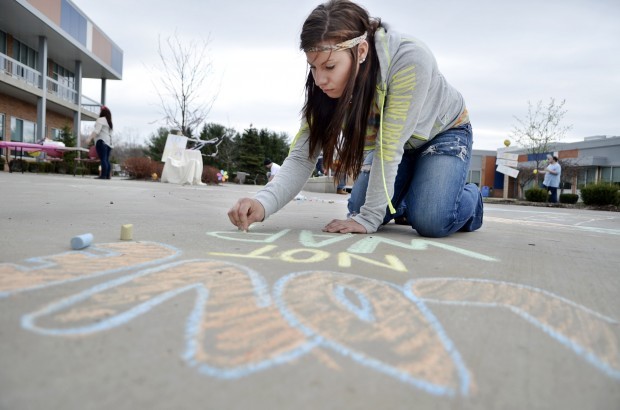 For many kids, history is something that happened long before they were born, or something that only shows up in the pages of a classroom textbook. If you want to help your kids connect with history, or take a greater interest in this fascinating subject, here are a few ideas to get your children to start thinking of history as a great and wonderful story — one that has the added advantage of being true.
For many kids, history is something that happened long before they were born, or something that only shows up in the pages of a classroom textbook. If you want to help your kids connect with history, or take a greater interest in this fascinating subject, here are a few ideas to get your children to start thinking of history as a great and wonderful story — one that has the added advantage of being true.
Travel to historical sites
Chances are, something historically significant happened within 50 miles of your home. Why not take your kids to visit that location? Taking children to visit historical sites, especially ones that are connected to historical events that children find interesting, are great ways to get kids started on a life-long love of history.
Once you and your family pick up an interest in historical sites, it’s time to start planning some vacations. For younger kids, try taking them to Laura Ingalls Wilder’s home in Mansfield, Missouri, or Colonial Williamsburg in Virginia. For teenagers, there are many sites related to historical battles and war re-enactments — or there’s always Sarah Vowell’s Assassination Vacation tour, in which you visit sites where presidents were untimely assassinated.
Watch history together
Don’t just read about Dr. Martin Luther King Jr.’s famous “I Have A Dream” speech; watch it online, as hya family. The internet has made many historical videos accessible for free, from the moon landing to the Wright brothers’ airplane taking off at Kitty Hawk.
Then take it a step further. If your child becomes interested in historical films or early television shows, for example, buy them on DVD or rent them via Netflix. If it’s the rare historical video that can’t be viewed online or purchased, it’s time to take another trip: this time to the local library, which has access to even more archived videos and can get them for you via inter-library loan.
Show your children that history is real
George Washington lived a long time ago, and to some kids he seems as mythical a figure as Santa Claus. However, it is still possible to buy George Washington signatures and display them in your home. Simply taking your children online and showing them that these materials exist is often enough to get them interested in learning more about history.
Is Anne Frank’s diary really just that paperback book they had to read in English? Not after you go online to the Anne Frank Center and look at her actual diary, the one she wrote and glued photographs into. Seeing the actual book, the one Anne Frank scribbled into like any other teenager, makes her story real.
Likewise, the Civil War becomes a real event after you look through portraits of soldiers and read the letters they wrote home. The Vietnam War comes to life through the music of the time period. No matter what historical event your children are studying, there are ways to bring it to life, far beyond the paragraphs in their history textbooks.
Ask your children what they want to learn
Lastly, don’t forget to make your children’s education self-directed. Ask your child what he or she wants to learn more about, or pay attention to conversational clues. Even a simple, silly question like “who invented cake?” becomes an opportunity for a bit of historical research. (The answer, in this case, is the ancient Egyptians.)
Remember that true learning is often self-directed, and one of the best ways to get your children interested in history is to set the spark and then step away. After introducing your children to George Washington’s signature or Laura Ingalls Wilder’s home, they often take the next step themselves, reading more about the Revolutionary War or learning to make a nine-patch quilt — and that’s how you create a child who has a lifetime love of history.







